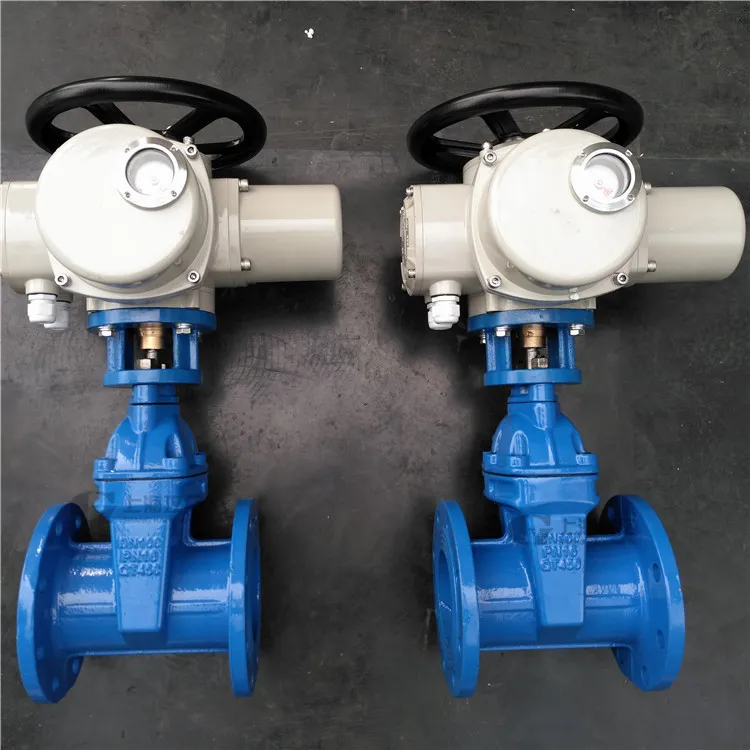Dec . 23, 2024 07:08 Back to list
different types of globe valves
Different Types of Globe Valves An Overview
Globe valves are integral components in various piping systems, widely used in industries for regulating flow. Their unique design enables effective throttling, making them ideal for applications where precise control of fluid passage is required. In this article, we will explore the different types of globe valves, their construction, operational characteristics, and applications.
1. Standard Globe Valves
The standard globe valve features a spherical body with a baffle that allows flow to change direction, which affects its pressure drop characteristics. These valves are known for their ability to provide a smooth flow path, minimizing turbulence. Standard globe valves can be further classified based on their seat design – either rising stem or non-rising stem.
Applications Standard globe valves are commonly used in piping systems for water, oil, gas, and steam applications. They are suitable for various industries, including power generation, oil and gas, and chemical processing.
2. Angle Globe Valves
Angle globe valves have their inlet and outlet ports at an angle of 90 degrees. This design not only reduces pressure loss compared to standard globe valves but also minimizes the fluid’s turbulence as it passes through the valve. Angle globe valves are often preferred in applications where space is limited, and a direct flow path is critical.
Applications They are used in pipelines where space constraints exist, such as in compact machinery or system installations. Angle globe valves are also suitable for steam and high-pressure applications.
Bellow-sealed globe valves incorporate a metallic bellows in place of the traditional packing. This unique construction prevents leakage to the atmosphere, making them ideal for controlling hazardous or corrosive fluids. Bellow-sealed valves are designed to maintain pressure and prevent external contaminants from entering the system.
Applications Commonly used in chemical processing, petrochemical plants, and other applications involving toxic or volatile substances. They are particularly beneficial in situations requiring strict adherence to environmental regulations.
4. Vacuum Globe Valves
different types of globe valves

Vacuum globe valves are specifically designed for use in low-pressure systems or vacuum applications. They often feature a modified structure to ensure efficient control of the flow in vacuum conditions, preventing backflow and maintaining a stable pressure differential.
Applications These valves are essential in industries that operate under vacuum conditions, such as food packaging, pharmaceuticals, and semiconductor manufacturing.
5. Forged Globe Valves
Forged globe valves are constructed from high-strength materials through a forging process, which enhances their durability and resistance to high pressures and temperatures. This category of valves is often used in situations where reliability is paramount, due to their robust design.
Applications They find extensive use in oil refineries, power plants, and sectors where extreme conditions are common.
6. Cryogenic Globe Valves
Cryogenic globe valves are designed to operate efficiently at extremely low temperatures, often below -150 degrees Celsius. These valves are constructed with specialized materials and sealing technologies that allow them to function in cryogenic applications without leaking.
Applications They are typically used in industries such as liquefied natural gas (LNG) processing, space exploration, and in any application dealing with cryogenic fluids.
Conclusion
Globe valves play a crucial role in fluid control across various industries. The choice of the right type of globe valve depends on several factors including the application, pressure requirements, temperature conditions, and the nature of the fluid being handled. Whether utilizing standard globe valves for general flow regulation or specialized designs like bellow-sealed or cryogenic globe valves for unique applications, understanding the characteristics and functionalities of each type is essential for optimizing system performance.
In conclusion, selecting the appropriate globe valve enhances the reliability and efficiency of fluid handling systems. As industries continue to evolve and require more sophisticated solutions, the demand for innovative globe valve designs will likely increase, driving advancements in materials and engineering to meet these challenges.
-
thread-plug-gauge-our-promise-of-measurement-excellenceNewsAug.22,2025
-
gauge-pin-class-reflecting-quality-legacyNewsAug.22,2025
-
check-valve-types-for-high-rise-buildingsNewsAug.22,2025
-
water-control-valve-for-irrigation-systemsNewsAug.22,2025
-
gate-valve-with-soft-seal-technologyNewsAug.22,2025
-
y-type-strainer-for-oil-and-gas-applicationsNewsAug.22,2025
Related PRODUCTS









